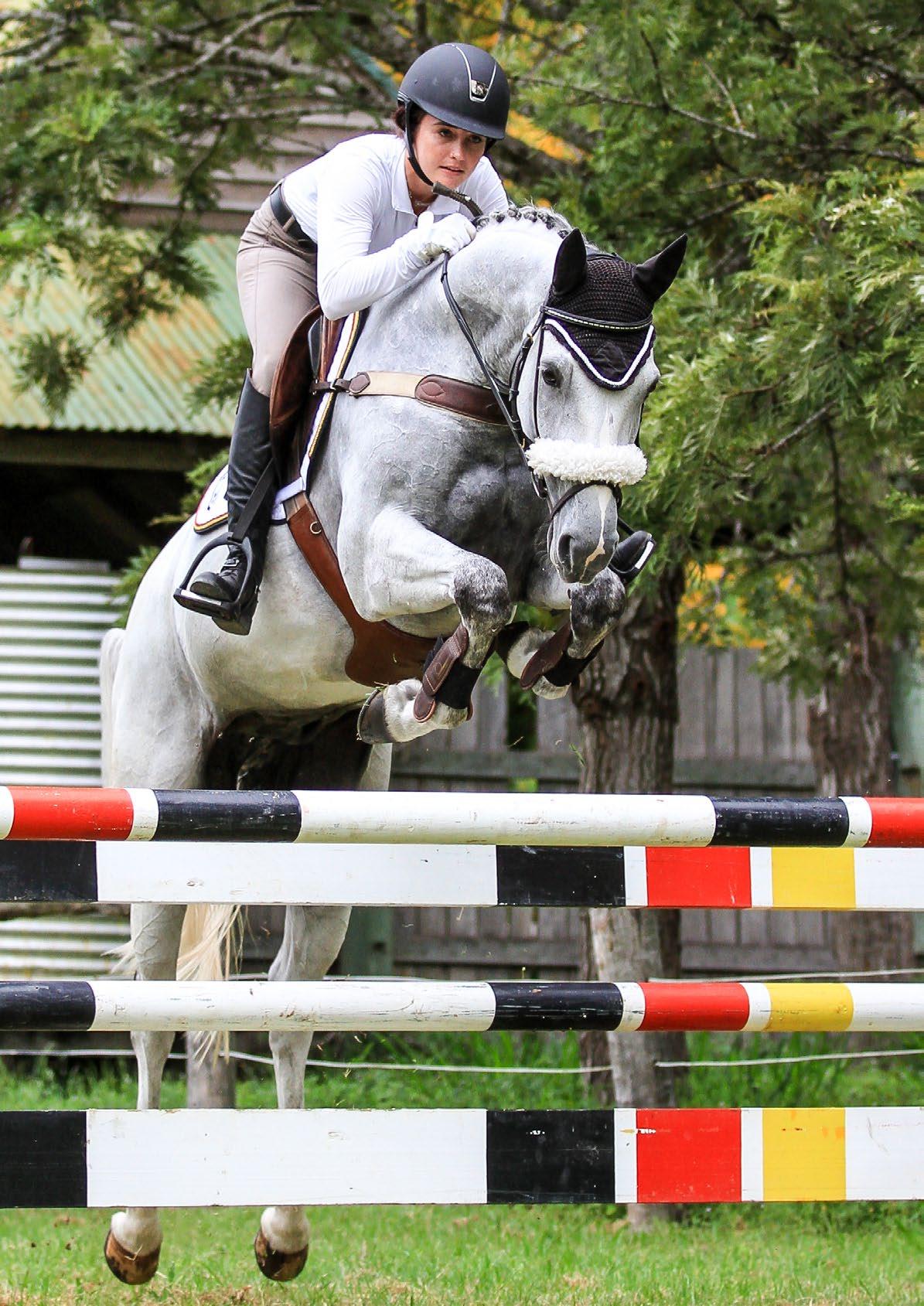
5 minute read
ON MY TACKBOX WITH ULRICH KLATTE
Main: An example of a gelding bred at Belcam, a cross between imported German and Australian bloodlines. Right: Director of Belcam Farm Ulrich Klatte, with partner Sue Thomas (who also assists with the horses’ education) and jumping stallion Big Dream Z.
Getting specific about stallion selection
It’s breeding season once again, a time when selecting the right stallion can seem like a daunting task. ULRICH KLATTE, eventer, showjumper, accredited horse trainer, and owner of the renowned Belcam Warmblood Stud, shares some points that will help you make your selection.
The first very obvious point to consider, and one that is sometimes overlooked, is the nature of the outcome you’re trying to achieve. This is likely to depend on your discipline. Do you want to breed for dressage, jumping, showing, eventing, or do you want to produce a creditable all-rounder? Do you want a fun horse to ride, or the one who will take you to the next Olympics? What size and type of horse do you want? And what kind of character and temperament are you looking for?
Or, perhaps you’re interested in breeding for purely commercial reasons: to produce a foal that you could sell for a reasonable profit.
Clarity is key
Obviously you can’t expect to have all of the above, so being very clear and very realistic about exactly what you wish to accomplish is a critical step.
Set definite priorities about what you want your horse to have. Is it looks? Or perhaps movement and good temperament are more important to you. Write your wish list down in order, most important characteristics first, least important last.
To answer these questions and have a clear objective in mind will make it much easier for you to select a stallion.
I have bred and sold a lot of horses, and in my experience I’ve found that most people want a pretty horse, around 16 to 17 hands high, with good conformation, and a super temperament, as well as being easy to ride, brave, with good movement and the ability to jump.
In an age where safety is a very real consideration in our sporting activities, breeding a horse with a kind temperament and a willingness to work is becoming more important. Not many of us can ride a difficult horse, making it very hard to sell one that is known to be a problem.
Your mare’s characteristics
Once you have a clear picture of what it is you want to breed, it’s time to make an honest assessment on your mare. Consider her looks, size, temperament, attitude to work, confirmation, soundness, movement, jump and so on. Are you sure that she’s the right mare to breed the type of foal you want? If the answer is no, simply don’t use her, and instead find a more suitable mare.
However, if she does possess some of the characteristics you value, have a look at what needs to be improved. And this is where your priority list comes in handy, as you tick of what your mare already has, and what characteristics she’s lacking. If you are not sure about
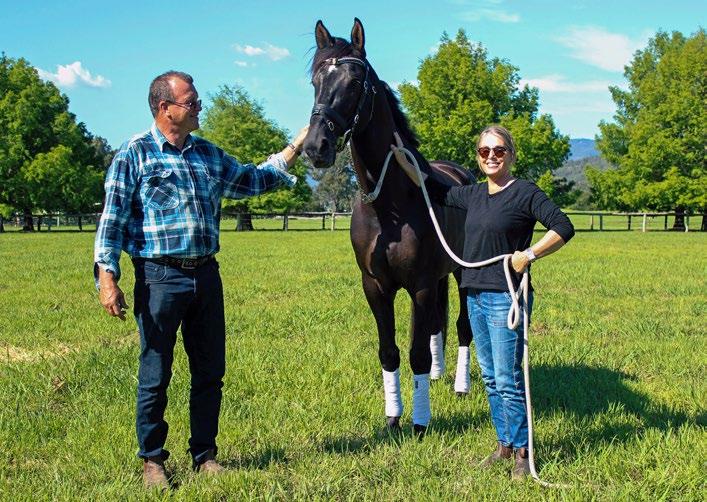
A
B
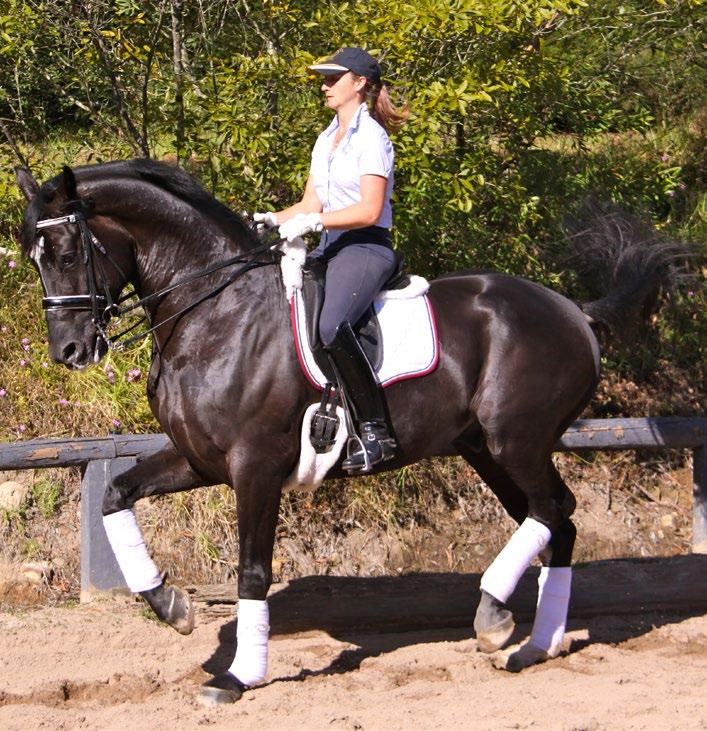
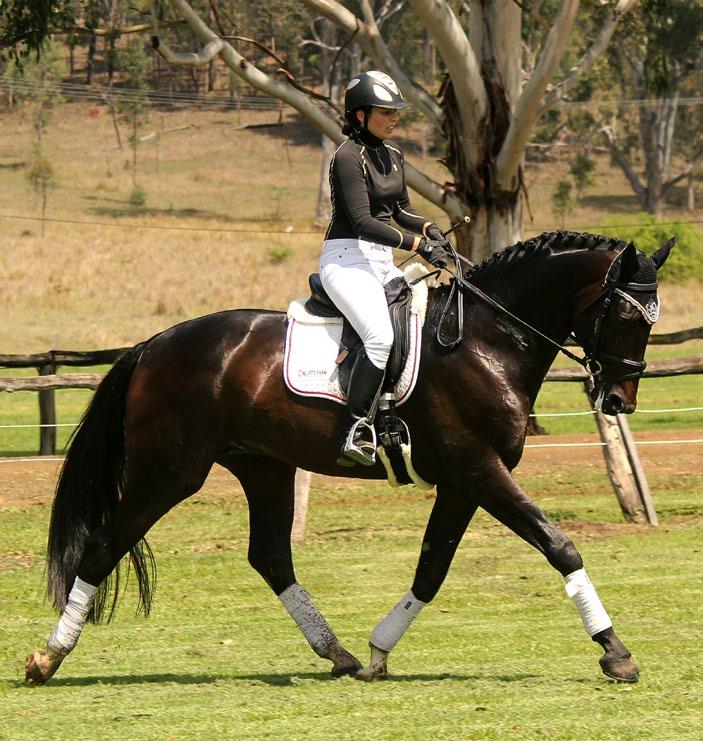
assessing your own horse there are professionals who can do that for you. To make sure that I stay on the right track, I have my horses assessed through ACE Group Inc., when they conduct their annual assessment tour.
The stallion’s characteristics
For argument’s sake, let’s assume your mare is very pretty and has good movement, but is smaller than you would like, is a bit incorrect in the front legs and lacks a really good attitude to work – and you are interested in trying to breed a 16.2 hand dressage horse for yourself, with the option of perhaps selling it later.
Once you’ve thought through these details, it’s time to get down to working out what kind of stallion you’re looking for. You want to ensure that your mare’s good characteristics are going to be preserved, so you’ll need to find a stallion that is also pretty and has good movement, but it should be taller than your mare and very correct in conformation especially in the forelegs. This sire will also need to have a good attitude towards work, and it would be a bonus if he has some well-known bloodlines in his breeding to enhance your prospects if you later decide to sell your foal, either as a youngster, or as a more mature horse.
Although the perspective stallion’s looks, movement and correctness of conformation are easy to analyse, the internal values like temperament and working attitude require research – and, unlike Europe, where you can access information on the performance of a particular stallion or mares’ progeny, here in Australia it’s a little more difficult and you may have to rely on word of mouth.
A long term process
Breeding is a long-term process. It gives no guarantees and can take generations to make significant changes. In the 35 years I’ve been in Australia, I have seen a significant improvement in the
C
quality of horses. This is mainly due to the importation of stallions, mares and semen from Europe, where statistical information is readily available and it is therefore easier to make informed decisions about your breeding program and choice of stallion. If we could have the same access to information relating to the performance of the progeny of stallions and mares here in Australia, we could make much better use of our Australian horses which have some very good characteristics.
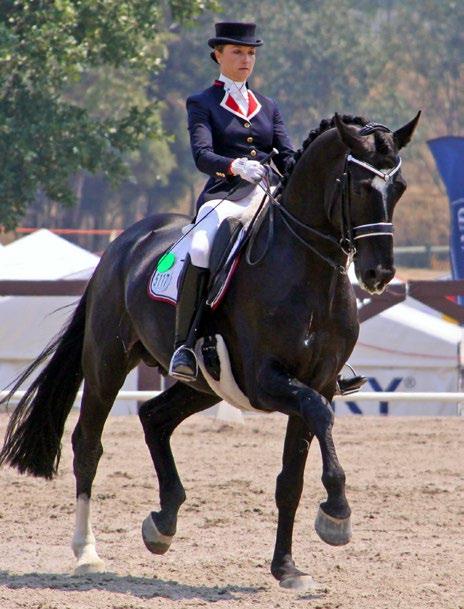
I wish you good luck and happy breeding. D

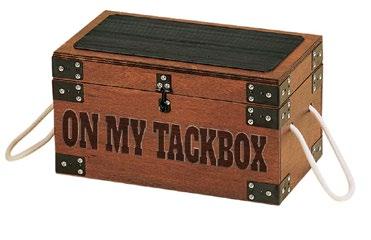
A: Originally from Germany, World Royal was broken and trained to medium/advanced level at Belcam Farm. B: Doktor Royal, halfbrother of World Royal. Both were bred from a mare with German bloodlines. C: Jumping stallion Hector, originally imported from Germany before being sold to a stud in New Caledonia D: World Royal & Daniella Dierks, who won Medium, Advanced and Advanced Freestyle Champion, and the Dietmar Specht Trophy at the 2013 Australian Dressage Championships. Pictures: Supplied










